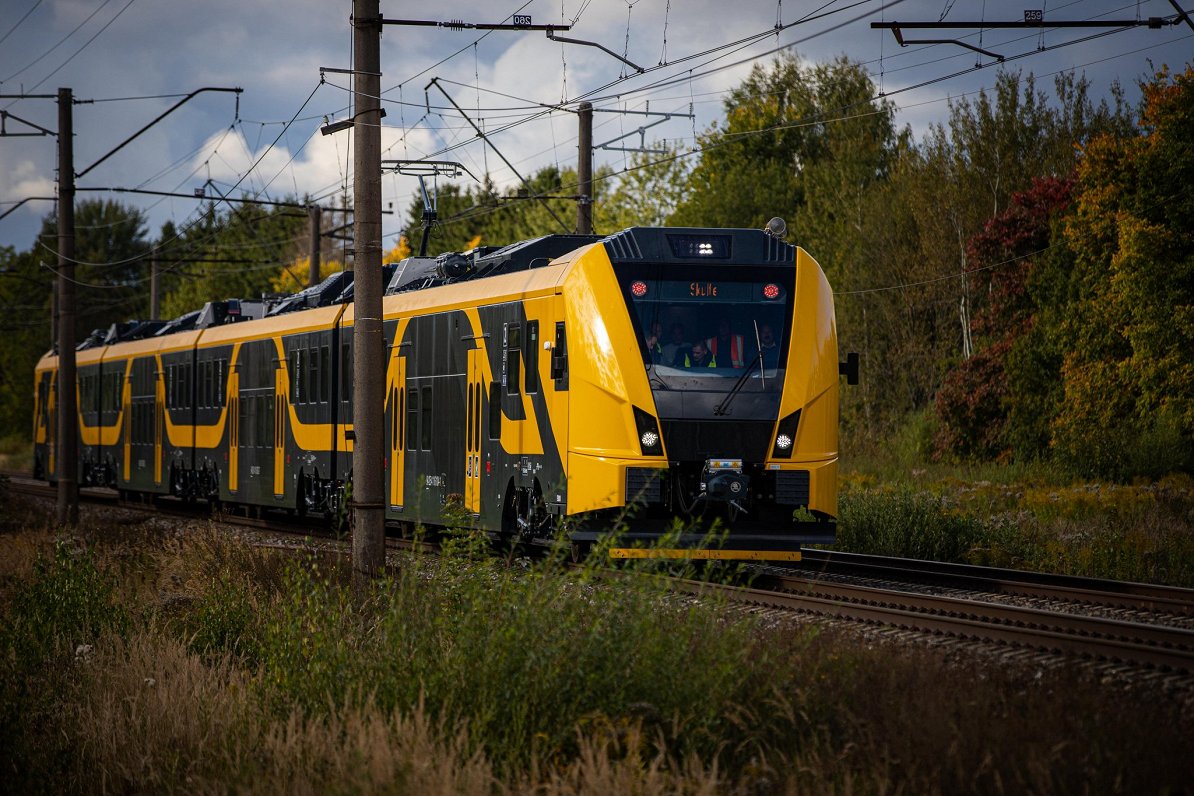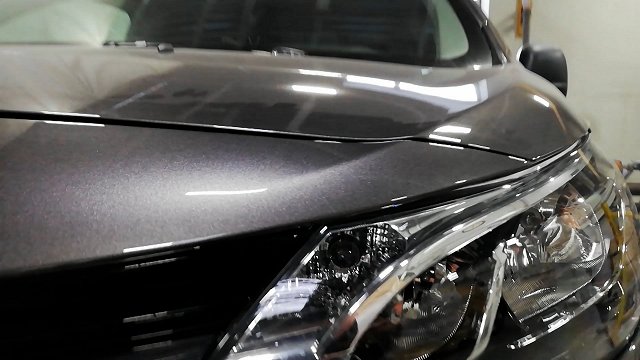In June this year, compared to June last year, the number of passengers increased by 14.4%.
Of the total number of passengers carried in the first half of the year, 8,024,544 or 89% were carried by electric trains on so-called suburban routes, and 965,409 or 11% - by diesel trains on "regional routes" and on the Sigulda railway line.
In the first six months of this year, the most frequent train journeys were made in the direction of Tukums (3,214,072 passengers, up 15%), Aizkraukle (2,341,466 passengers, up 10%) and Jelgava (1,443,244 passengers, up 3%).
The highest passenger growth this year compared to the first half of 2023 was observed on the Riga-Liepaja-Riga route, due to the resumption of daily train services between Riga and Liepaja.
A 3% increase was observed in the number of passengers purchasing train tickets electronically this year compared to the first half of 2023 (e-tickets account for 49% of the total number of tickets sold), with a 1% decrease in the number of tickets purchased at the ticket office and a 2% decrease in the number of tickets purchased on the train.
In the first six months of this year, Vivi trains covered 3,615,995 kilometers, 19.2% more than in the same period in 2023, when they covered 3,033,549 kilometers. The increase in kilometers traveled is due to an increase in the number of services, for example in the direction of Daugavpils and Liepāja.
Train punctuality in the first half of this year was on average 97.2%, Vivi claims.
Currently, 25 new electric trains are available for passenger services. The remaining seven trainsets are to be delivered to the manufacturer by the end of the summer. The total cost of the new trains is €257.889 million, and 23 of the 32 trainsets were purchased with co-financing from the European Union Cohesion Fund.




























